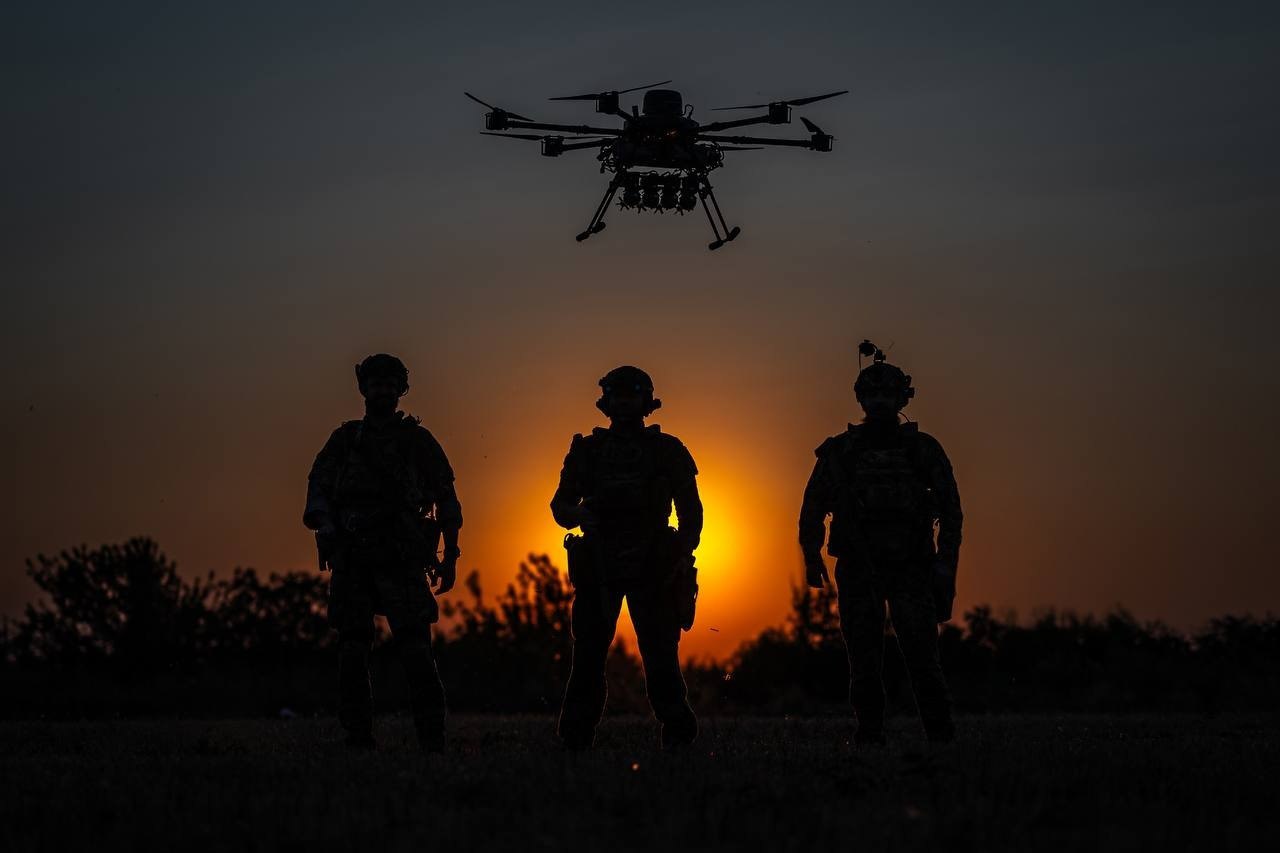Russia tests new anti-drone “porcupine” tank. Ukraine’s drones still win.

Two years ago, Russian troops began wrapping their armored vehicles in shell-like layers of add-on armor—all in a desperate effort to protect the vehicles from Ukrainian drones. The Ukrainians gave these up-armored vehicles a name—“turtle tank”—and got to work destroying them with better-aimed and more powerful drones.
So now the Russians are trying a new kind of protection. Instead of welding shells around their vehicles, they equipped at least one BMP infantry fighting vehicle with long metal bristles they clearly hoped would detonate incoming first-person-view drones before they struck the vehicle’s hull.
It wasn’t a turtle tank. It was a porcupine.
But the porcupine vehicle failed its very first test. The Birds of Magyar, an elite Ukrainian drone unit, hunted down the modified BMP during a Russian assault toward Troitske, a town just north of Bahatyr in Donetsk Oblast, on or just before Saturday.
The immobilized vehicle burned … and then exploded. “Badaboom!” a Birds of Magyar member crowed as he narrated a video—captured by a Ukrainian surveillance drone—depicting the BMP’s fiery demise. (Go to the 4:25 mark in the video to see for yourself.)
Tiny FPV drones are everywhere all the time all along the 1100-kilometer front line of Russia’s 39-month wider war on Ukraine. The Russian and Ukrainian militaries each deploy millions of drones every year. Both sides try to defeat the other’s drone with radio-jamming or add-on armor—or by finding and striking the operators … or even the factories that build the lethal robots.
Counter-drone innovations can seem awkward in their first iterations. The anti-drone cages the Russians began bolting onto many vehicles as early as the first year of the wider war, which the Ukrainians derisively called “cope cages,” are now standard equipment on vehicles on both sides.
Turtle tanks are funny-looking, but that doesn’t mean they don’t sometimes work. Examples abound of the reinforced vehicles shrugging off multiple drones.

Russian troops are hiding from Ukraine’s deadly night-vision drones—but not well enough
Silly armor
The porcupine armor may seem silly on its face, and it didn’t save that BMP from an explosive fate. But the vehicle’s destruction may not be the fault of the metal spines.
Instead, it seems the Birds of Magyar drone operator flew an FPV into the Russian vehicle’s hatch after a crew member left it open, perhaps while abandoning the vehicle after it was immobilized, potentially by a strike from below. Every vehicle is liable to burn when struck on its fragile insides—regardless of how effective its external armor is.
So it’s possible the porcupine armor will show up on more Russian vehicles. And it’s possible it might actually work as long as crews can avoid a mobility kill—mine damage to their treads, for example—and keep their hatches shut. It’s even possible other armies will eventually copy the porcupine armor the way they copied the cope cages.
And it’s worth pointing out that the porcupine BMP’s destruction didn’t prevent the Russians from advancing. Russian regiments and brigades advanced northeast of Troitske on or just before Saturday, according to the Ukrainian Center for Defense Strategies.
It’s not that the Ukrainian brigades in the area are collapsing. Indeed, they counterattacked in Bahatyr at the same time the Russians were attacking around Troitske.
But despite losing around 800,000 troops and 17,000 armored vehicles in more than three years of hard fighting, and despite scrambling for better anti-drone defenses, Russian forces still outnumber and outgun Ukrainian forces.
The Russians can afford to lose more troops and vehicles than the Ukrainians can afford to lose. For now, they can afford to exchange a lot of hardware, and a lot of bodies, for incremental territorial gains.
